The subject of that proposal was essentially a way to turn a giant inflatable beach ball into a space telescope. This suborbital balloon reflector wouldn’t contend with as much atmospheric interference as ground-based instruments. Furthermore, it could be easily scaled up, opening vast swaths of the universe to observation without the hefty price tag associated with building large telescopes.
The idea for the big balloon reflector grew out of Walker’s work on the Stratospheric Terahertz Observatory, a 1-meter telescope attached to a high-altitude balloon that circled Antarctica in the upper atmosphere for several weeks in 2012. As Walker watched the balloon inflate with 35 million cubic feet of helium, it occurred to him that the balloon was a lot of wasted space for such a small telescope. Wouldn’t it be nice if the balloon itself could be used as an observatory? This observation, combined with the insight from the pudding incident decades prior, led to the creation of the first inflatable telescope.
In 2014, Walker and his students made the first prototype of the large balloon reflector out of a large inflatable plastic sphere sold by a Chinese toy manufacturer. The ball had been designed for people to climb around inside like a human-sized “gerbil ball,” but it also turned out to be pretty great for radio astronomy. Walker suspended an antenna inside the ball and sprayed a circle with metallic paint on the inside to create a reflector. With this rudimentary setup, Walker and his students were able to do radio observations of the Sun from the rooftop of the astronomy building at the University of Arizona. Even though it wasn’t sent to the upper atmosphere, Walker says it demonstrates that even a very crude version of the telescope could get good results. “I knew it would work, but you have to show people,” he says. “Nothing beats a rooftop demonstration.”
But Walker realized the real benefits of a spherical, inflatable telescope would be found in space. Traditional radio telescopes use parabolic dishes as reflectors, which gather radiation and focus it on a specific point. While this works well enough, astronomers have to move the entire dish to point it a specific spot, which becomes a burden when the telescope is in space. With Walker’s design, you can point the telescope by moving the antenna inside the sphere, rather than repositioning the entire telescope. A spherical telescope also has a large field of view, so it can image large portions of the universe without moving.
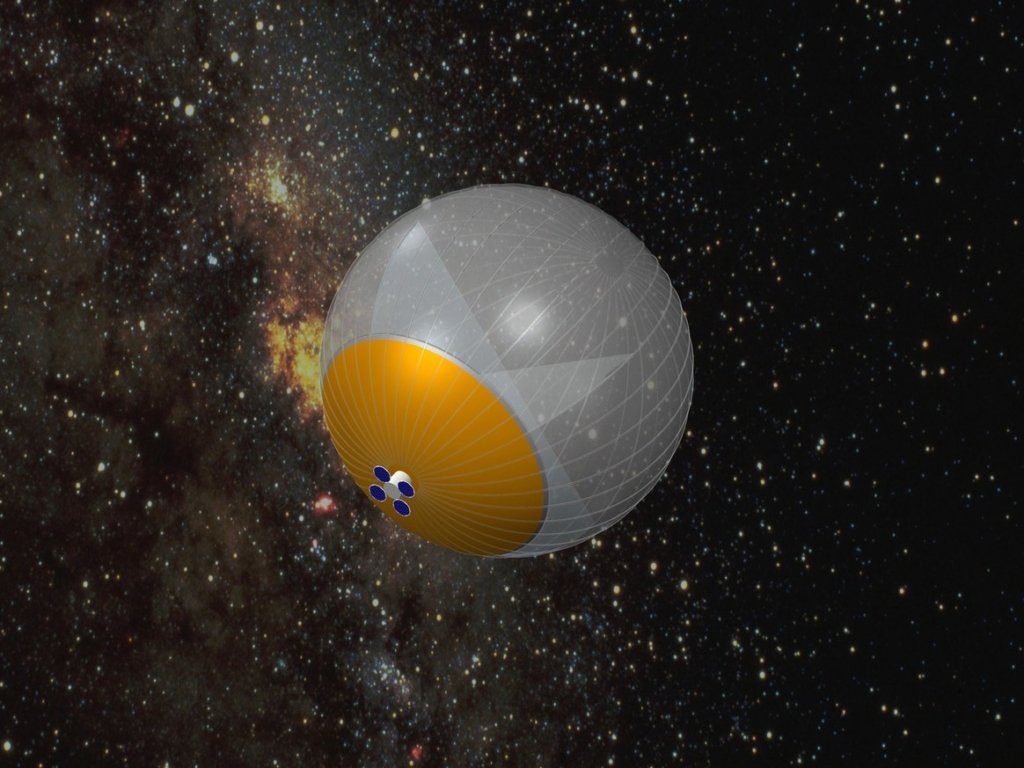
Inflatable balloon reflectors could peer into deep space, scanning for signs of water, at a fraction of the cost of traditional telescopes. Image from Chris Walker.
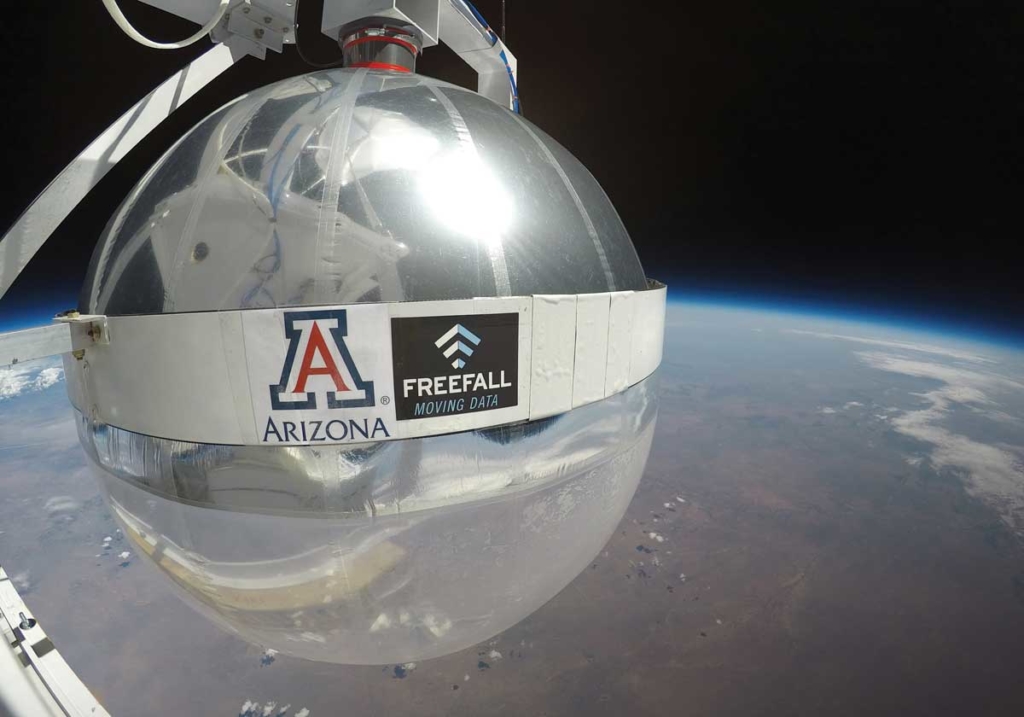


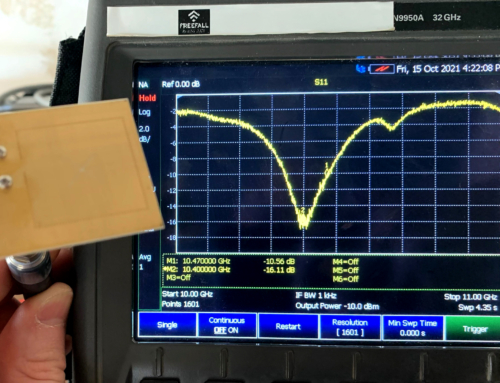
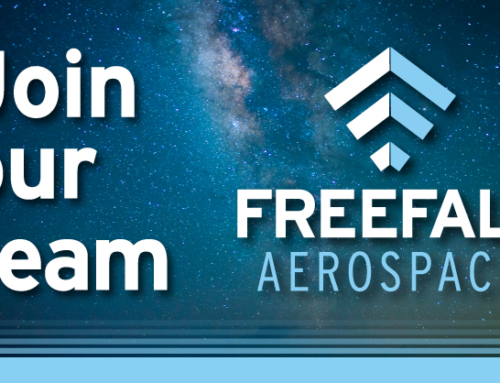
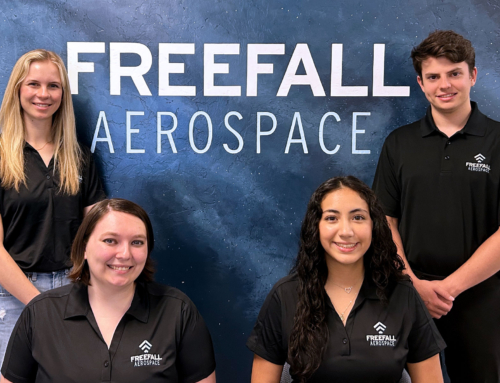
[…] a Tucson-based startup developing intelligent orbital and terrestrial antenna systems (or as this recent article in Wired Magazine referred to them, inflatable […]